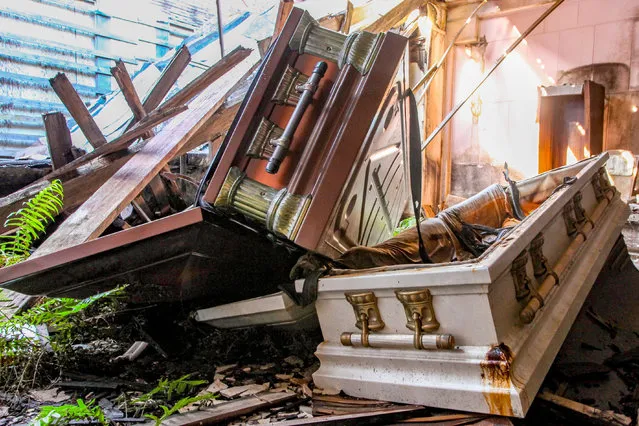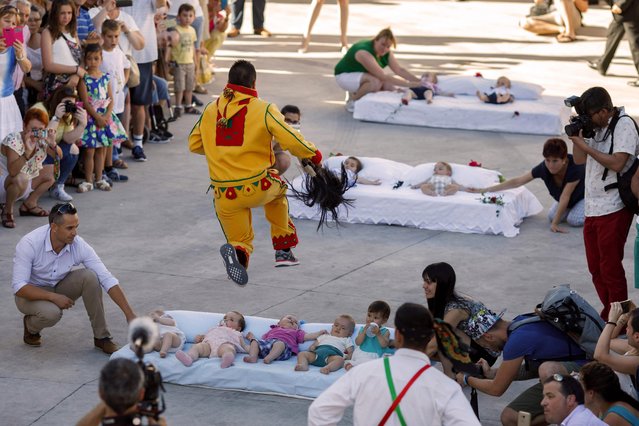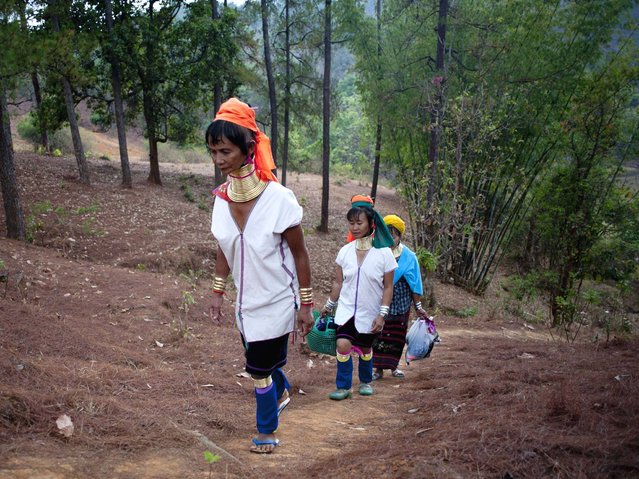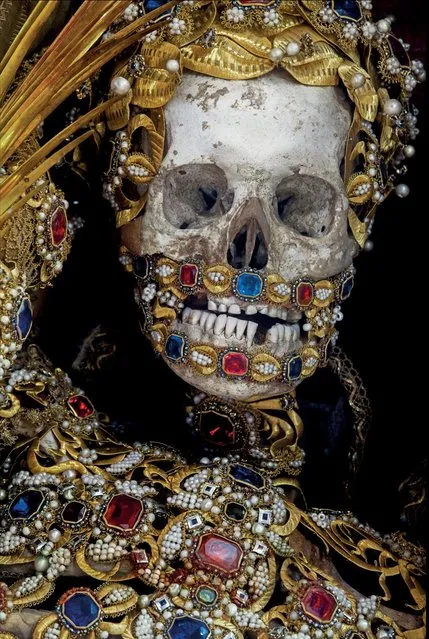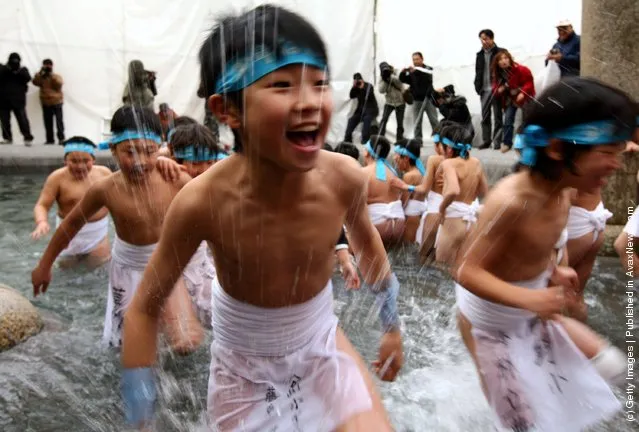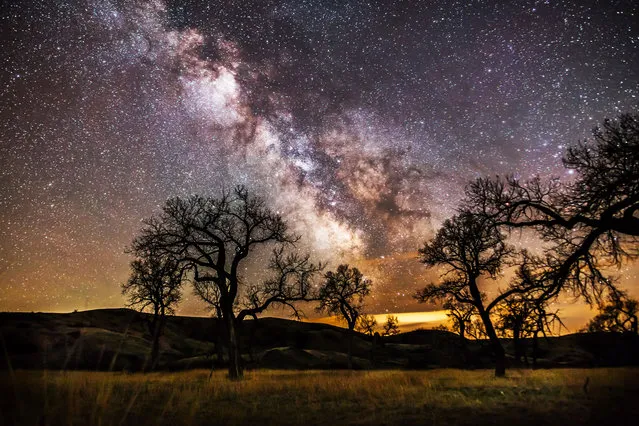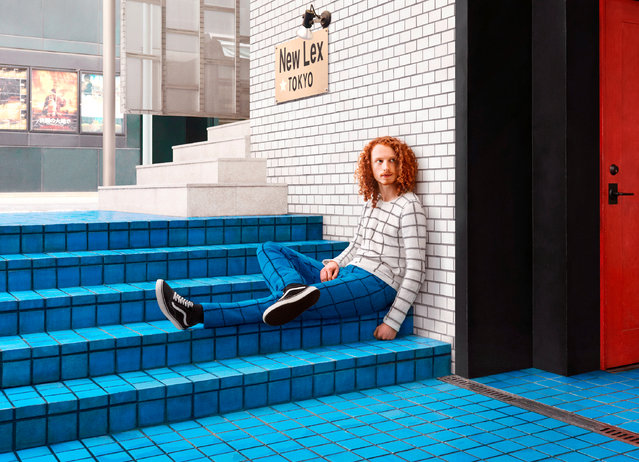
Joseph Ford is a 39-year-old photographer from Brighton, UK. He creates images seamlessly camouflaging people into backgrounds using knitwear made by Nina Dodd. It can take Dodd, 51, up to 40 hours to knit one item of clothing. This image of a man posing in knitwear, camouflaging into tiles of the steps and wall, is a personal favourite of Joseph’s. (Photo by Joseph Ford/South West News Service)
26 Jan 2018 06:38:00,post received
0 comments

